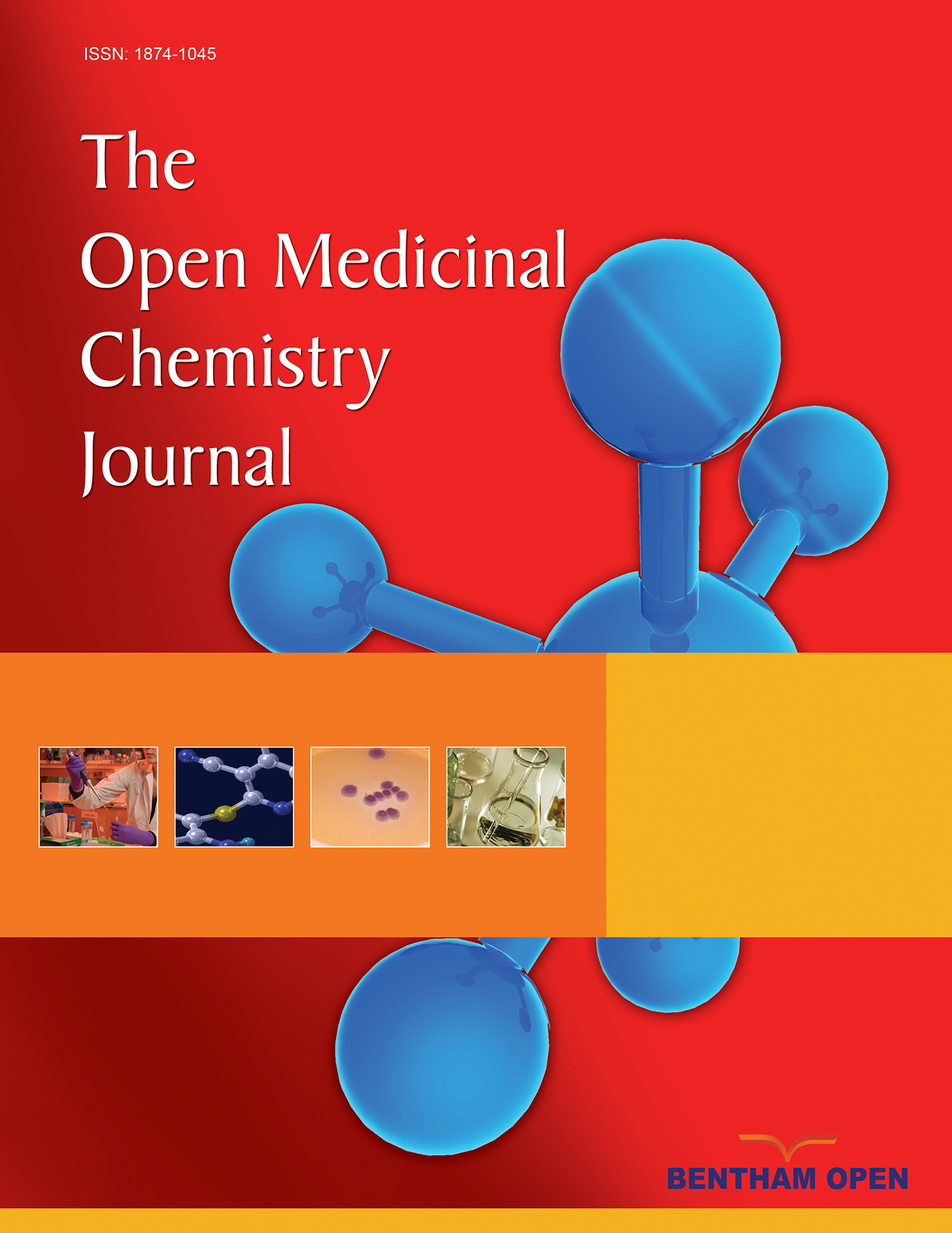All published articles of this journal are available on ScienceDirect.
Anethum graveolens L. Alleviates Sperm Damage by Limiting Oxidative Stress and Insulin Resistance in Diabetic Rats
Abstract
Background:
It has been reported that diabetes is associated with sperm damage and infertility.
Objective:
The purpose of this experiment was to survey the effect of Anethum graveolens L. (Dill) powder on sperm profiles, oxidative stress, insulin resistance, and histological changes in male diabetic rats.
Methods:
Male rats were randomly divided into 6 groups (n=7); group 1: normal rats, 2: normal rats + 100mg/kg Dill, 3: normal rats + 300mg/kg Dill, 4: diabetic rats, 5: diabetic rats + 100mg/kg Dill, and 6: diabetic rats + 300mg/kg Dill. After 2 months of treatments, the sperm profile, anti-oxidant activity, superoxide dismutase (SOD) activity, and malondialdehyde were measured. The histopathology of testis was evaluated. Hormonal changes and tumor necrosis factor-α (TNF-α) levels were measured by ELISA.
Results:
Total anti-oxidant and SOD activity in diabetic rats significantly decreased, while MDA concentration was significantly increased in the testis and pancreas of diabetic rats compared with control. However, the use of Dill significantly normalized these profiles. The treatment of diabetic rats with Dill changed the sperm parameters. The levels of testosterone, FSH, and LH in diabetic rats were significantly reduced, but the treatment with Dill did not alter the level of these hormones. Dill also significantly normalized testis morphological changes, insulin resistance, and inflammation.
Conclusion:
The use of Dill normalized oxidative stress, inflammation, and insulin resistance in diabetic rats that correlated with sperm profile and testis histological changes. The treatment of diabetic rat models with Dill did not show harmful effects on sperm profiles.


